#ringling museum
Text

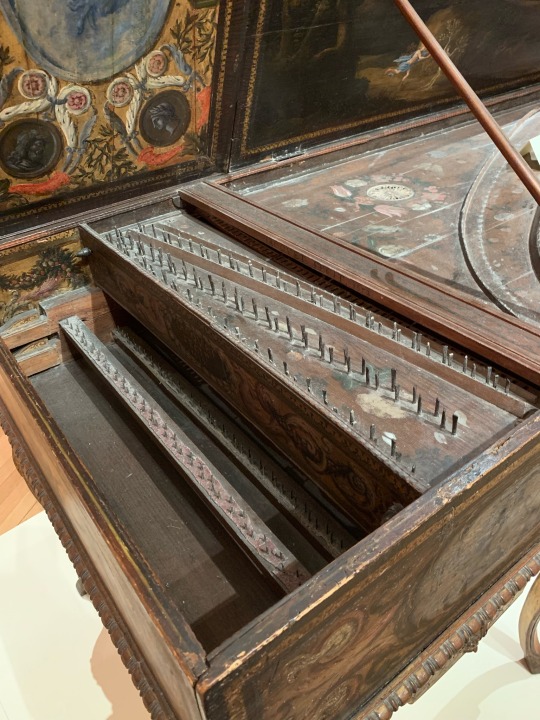
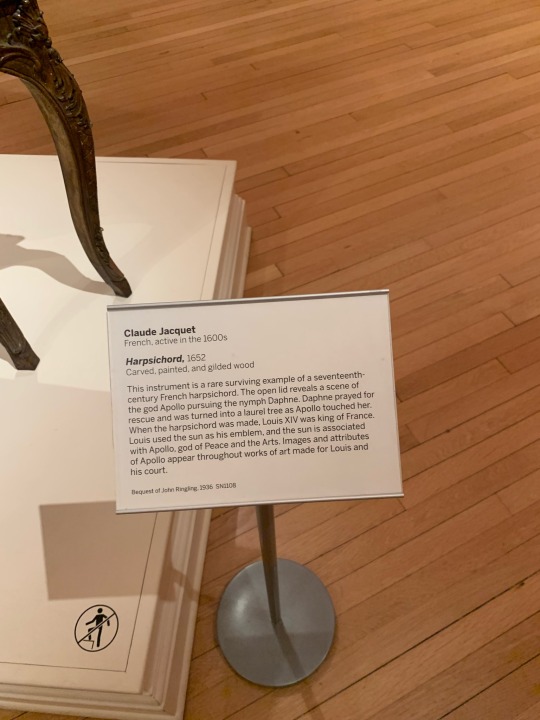
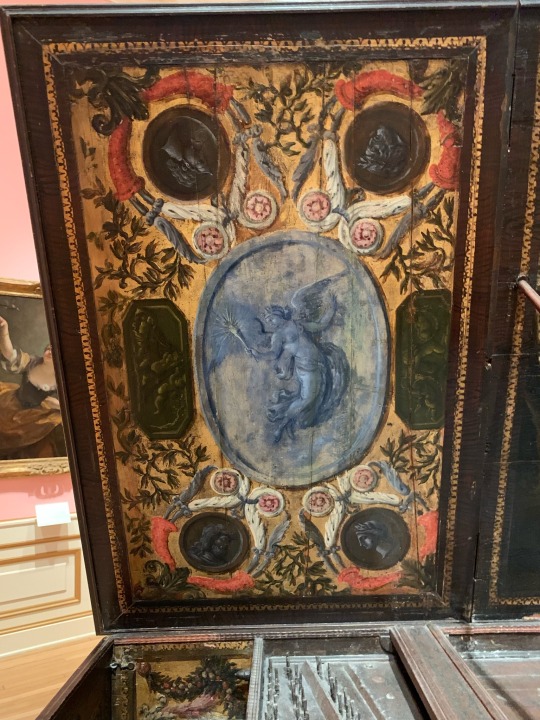
Harpsichord by Claude Jacquet
#harpsichord#Claude jacquet#1600s#1600s art#1600s music#music#instrument#art#ringling museum#museum#art stuff#art appreciation#art study#art musuem#painting#artistic#ringling#art history#oil on wood#wood#gilded#gilded wood#oil paint#paint
69 notes
·
View notes
Text

Eleanor Merritt: Remembrance
On exhibit at the Ringling Museum of Art, Sarasota, Florida
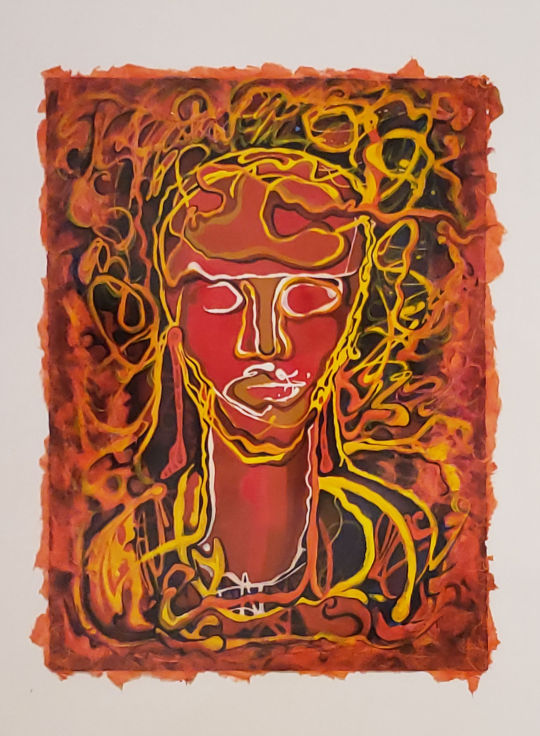

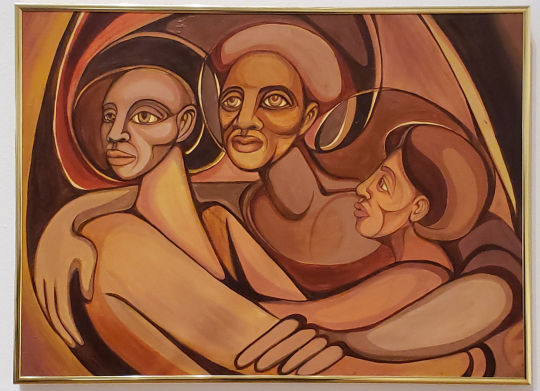
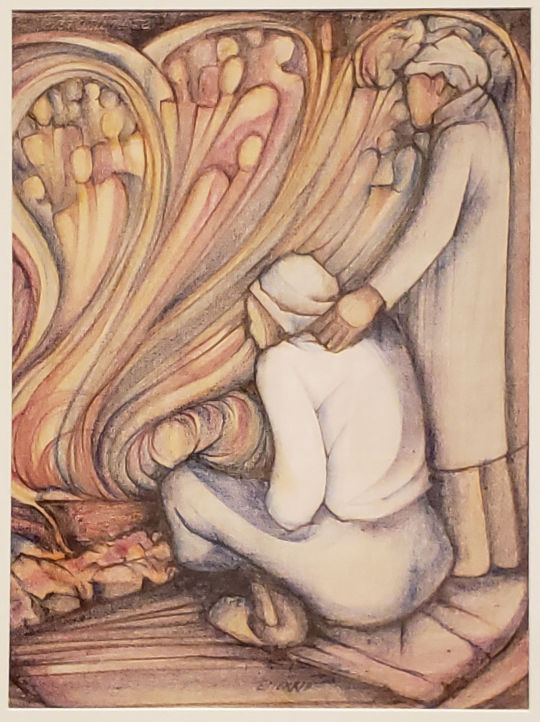
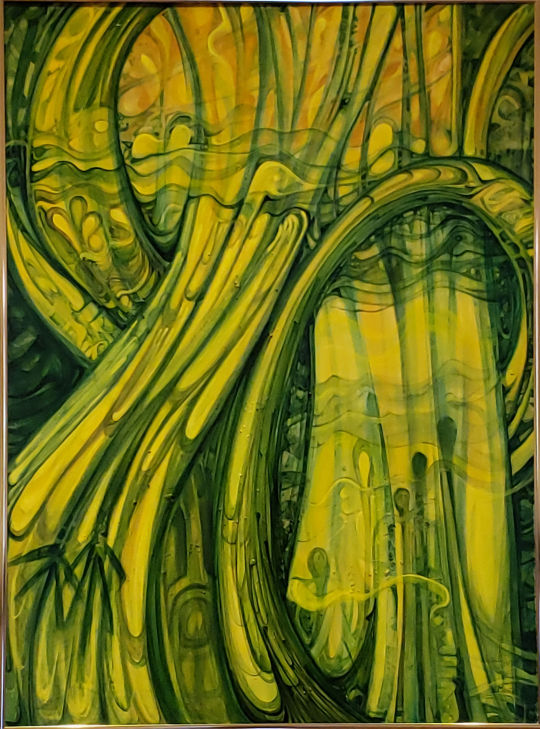


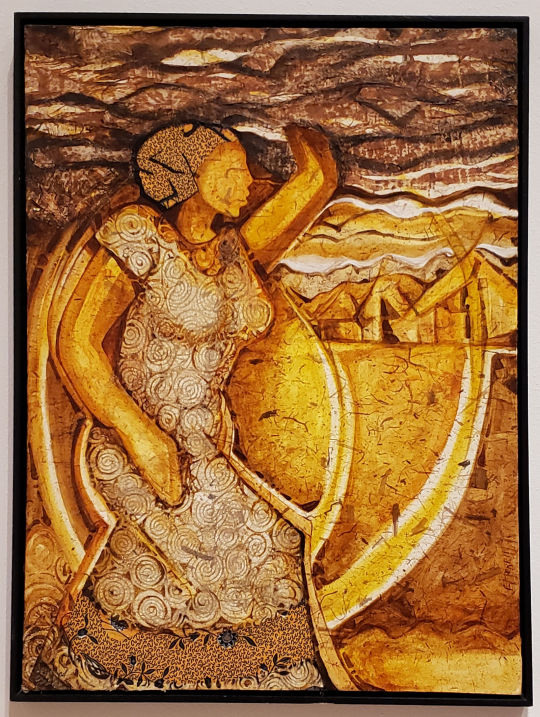
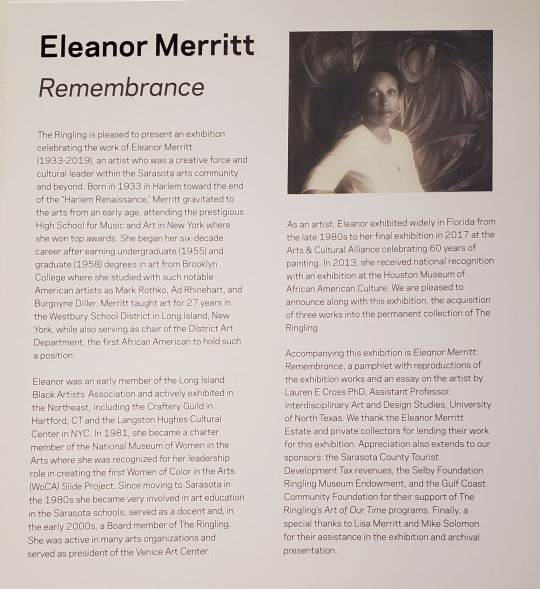


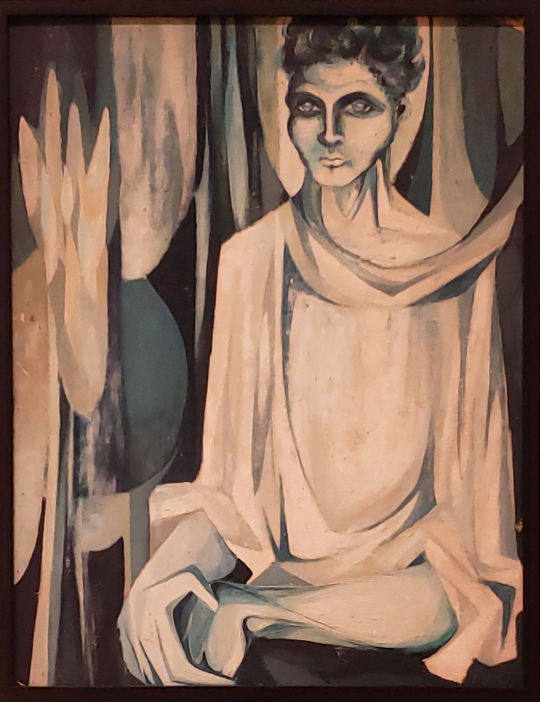
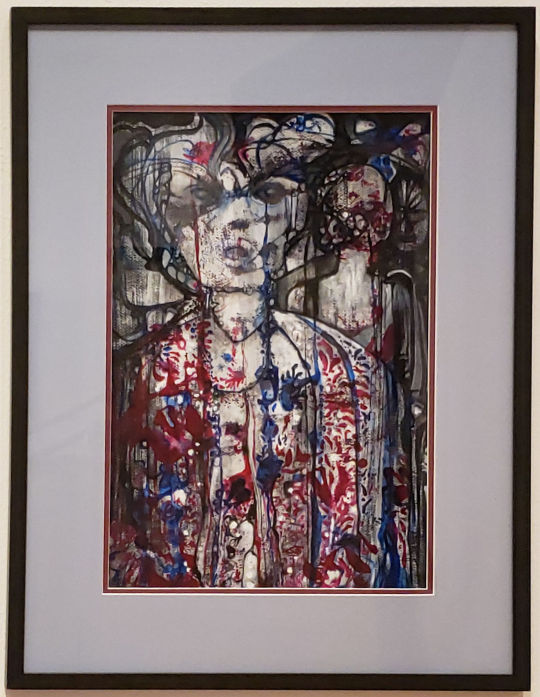

#art#artist#eleanor#merritt#eleanormerritt#eleanor merritt#american#theotherpages.org#the other pages#florida#the ringling museum of art#ringling#ringling museum#special exhibit#remembrance#painting#paintings
4 notes
·
View notes
Text
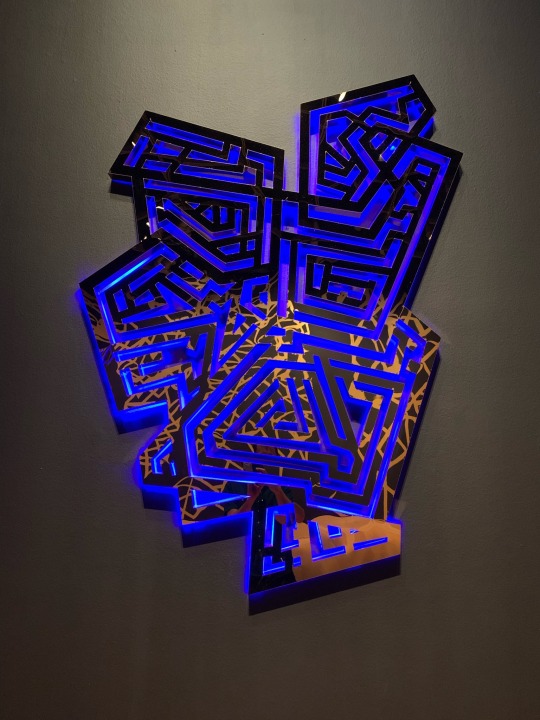


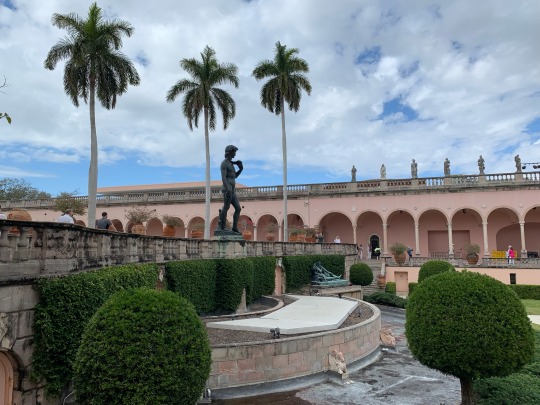
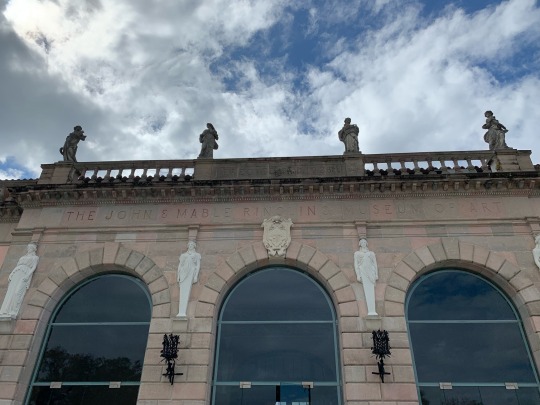
Ringling Museum, Sarasota, Florida
3 notes
·
View notes
Text
New College campus and beyond: old tales and ghost stories
Calling on only the most daring and boldest of ghost hunters: these time-weathered tales and ghost stories of New College are not for the faint of heart, but rather, one’s soul. Charles Ringling passed in 1926, but was he ready to go? With such a historic campus, it can be presumed that ghosts wander the dusty halls, dark eerie corners and “live on” within their former homes. The Catalyst…

View On WordPress
#charles ringling#ghost stories#ghosts#new college ghosts#New College of Florida#ringling ghosts#ringling museum
0 notes
Text
Virtual Sketchbook 3 - Visual Analysis at the Ringling (or other) Museum

Dream of Joseph - Anton Raphael Mengs
Culture/Place: German
Medium: Oil on wood panel
Dimensions: 43 3/4 x 34 in.
Date: 1774-1779
Dream of Joseph by Anton Raphael Mengs is an oil on wood painting that is 86 X 114 centimeters created in 1774. The painting’s reference is from the Bible verse of Matthew, 2:13; “Now after they had left, an angel of the Lord appeared to Joseph in a dream and said, 'Get up, take the child and his mother, and flee to Egypt, and remain there until I tell you; for Herod is about to search for the child, to destroy him.” Mengs uses a beautiful contrast of light and dark to express the fair-skinned angel and exhausted Joseph. The extravagant trace of style is truly apparent in his form and the color he uses. Joseph's realistic shape of his rough hands, powerful arms, and expressive veins brings the art to life. The deep lifelike wrinkles on his exhausted face portray his worried feeling about his dream. As for the angel, the light pastel colors are luminous and flawless. The hovering angel who has wavy blonde flowing locks and is pointing towards an exit, clearly portrays the message to leave urgently
Upon learning the meaningful interpretation of Anton Mengs’ art and title “Dream of Joseph”, I felt empathetic toward Joseph. To receive a message conveying life-changing events to his family is very hard to interpret from a dream and harder to explain. Dreams can feel real and can sometimes foreshadow truth and provide clarity.
Anton Mengs’ artwork is a transition from the Baroque to the Neoclassical style. The painting’s elements are organized and unify both the angel and Joseph to explain the relationship in the dream. This painting portrays the second visit from the angelic spirit and the message is not the same as the first. We know from the Bible that the second visit from the angel brings fear (“Herod is going to search for the child to destroy him” -Matthew 2:13). This dream is more like a nightmare for Joseph. There were many fantastic selections to choose from at the Ringling Museum of Art, but I choose “Dream of Joseph” because I was curious to learn more about the Artist and the painting. Dreams are a collection of our thoughts, reflections of our state of mind, our future possibilities as well as worries of our everyday life. While the message was one of gloom, being able to identify and merge the meaning of art and writing was astonishing.
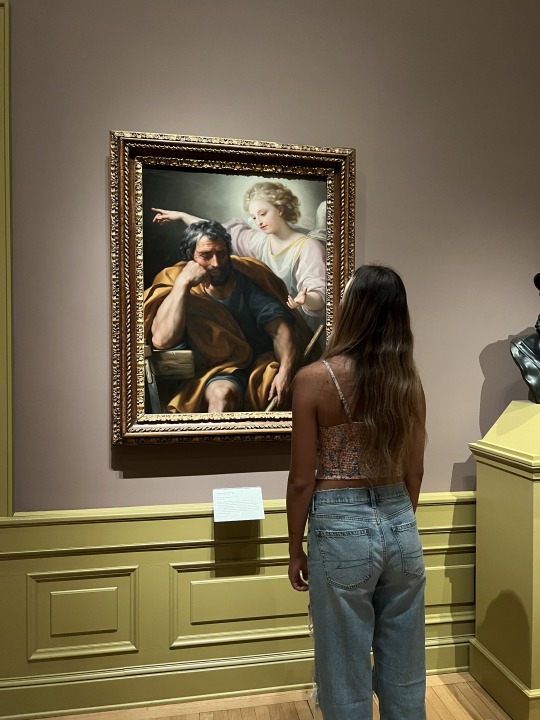
1 note
·
View note
Photo


VS - 3
What is it made of?
The piece Building of a Palace made by Piero di Cosimo in 1462 was made from oil paints on a wooden canvas.
How big is it?
The dimensions of this particular piece are:
Frame: 39 7/8 H × 86 1/2 W × 3 9/16 D in. (101.3 × 219.7 × 9 cm)
Unframed support: 32 1/2 H x 77 9/16 W x 3/8 D in. (82.5 x 197 x 1 cm)
What colors and shapes are used?
Throughout the painting, many drab colors such as dark browns and greys were used to depict the ideal structures and animals along with deep blues to represent the dark skyline.
What subjects (if any) are represented?
People have believed over the years many different opinions on the expression of the particular subject matter. Most trust that this piece is possibly related to a series of works that depict episodes of early histories, such as the "Golden Age." Others have suggested the subject of this painting represents the origins of architecture or a parable about the art of building.
How was the work designed?
Leonardo da Vinci and Filippino Lippi, as well as other contemporary artists, influenced his work, resulting in about half of his designs being religious in nature. Known as a painter of portraits, he also contributed significantly to landscape painting, portrayed animals expertly, and painted mythological-themed works in his characteristic manner.
Is it balanced?
As far as I can tell, the painting is balanced while representing an ideal structure rather than a real one. Yet, much symmetry is used here despite his best-known eccentricity for centuries. Piero di Cosimo's painting has the perspective of a Renaissance painting, yet there are also indications of his innovative style in the perspective of some of the figures and animals.
What is emphasized? Rhythm? Proportion?
By connecting columns and terraces, there is evident proportion between the two symmetrical wings of the palace. Decorative figures similar to those in Ringling Museum's courtyard line the roofline. The rhythm is evident on the right of the building, where we see a group on horseback, probably the ducal entourage. In addition to being aesthetically pleasing, the painting serves as an excellent illustration of how architects work today.
Contrast? Does it have unity and variety?
A scattering of rather rigid and spindly figures dominates the vast space of the painting while promoting contrast. As numerous workmen prepare for the completion of the palace, all kinds of activities associated with its construction are shown presenting unity and variety. There is a detailed explanation of every aspect of the painting from left to right in the foreground.
How does the work make you feel?
This piece gives me hope while feeling a level of astonishment knowing that people can do something so beautiful and creative with their hands. Many messages are being shared through this work leading me to feel the incredible source of ideas that artists such as this one has. This piece gives me a transcendent idea of the past while teaching me the importance of history overall.
How or why does it evoke these feelings?
The history alone behind this piece evokes all of these emotions in me along with others. Knowing that this piece has been perfectly preserved and taken care of for almost nine hundred years is entirely baffling.
What movement is the artwork associated with?
No real building project in Renaissance Florence can be linked to the palace in the picture. Although the image illustrates a Renaissance revival of classical styles in buildings, particularly those of wealthy families like the Medici, it shows a Renaissance revival of classical architecture in general.
What does the artwork say about the artist that made it?
Piero's painting The Building of a Palace stands out from his other works in that it depicts the present instead of what has been. Through the use of perspective, he displays his knowledge of modern architecture and building practices.
Can you tell what the artist was trying to say?
Several impressive buildings are depicted in this painting. Buildings in the classical style owe a lot to Giuliano da San Gallo, a prominent architect in Florentine history during the 1480s who was close friends with Piero Della Francesca. It depicts an outmoded type of building from the late 15th century, but should be interpreted as a generalized description of architecture as the artist saw it while not based on a known project of the time.
Why did YOU pick it?
While I find this piece hopeful, I am also in awe of the fact that people are capable of making something so eye-catching and creative. I did not choose this piece, instead it chose me. Through this work, a multitude of messages are communicated, prompting me to realize how rich the ideas of artists like this are. I learned a tremendous amount about the past through observing this piece while also learning the importance of history in general. I, along with many others, feel all these emotions just from the history behind this piece. The fact that this painting has been flawlessly preserved and maintained for almost nine hundred years is absolutely unbelievable.
0 notes
Text

Rainy Day on Fifth Avenue, Childe Hassam, 1893
#art#art history#Childe Hassam#genre painting#genre art#cityscape#New York#New York City#Old New York#Gilded Age#rain scene#Impressionism#Impressionist art#American Impressionism#American art#19th century art#oil on canvas#John and Mable Ringling Museum of Art
186 notes
·
View notes
Photo

Evening Dress
1926-1929
The John and Mable Ringling Museum of Art
#evening dress#fashion history#vintage fashion#1920s#historical fashion#ringling#20th century#pink#silk#1926#1927#1928#1929#united states#dress#ringling museum of art
1K notes
·
View notes
Text
Clowns grouped together

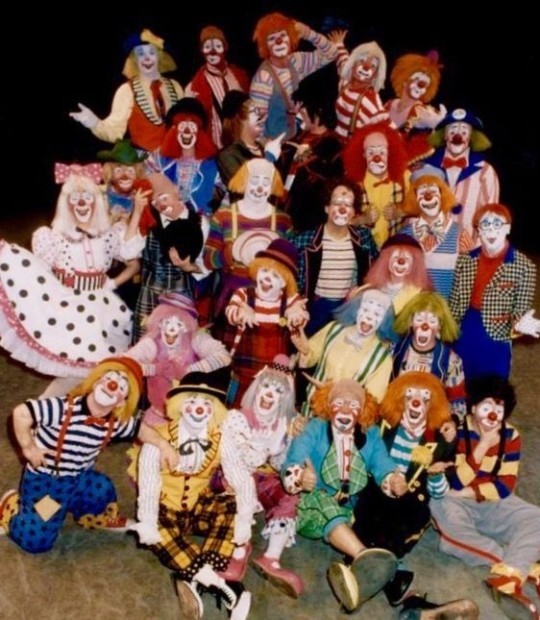




#clowns#clown#clown group#circus#circus clown#clown college#clown museum#real clown#barnum and bailey#ringling brothers#clown posting#i dream of being a clown in a big group of clowns#maybe ill join my state's clown association one day
131 notes
·
View notes
Text

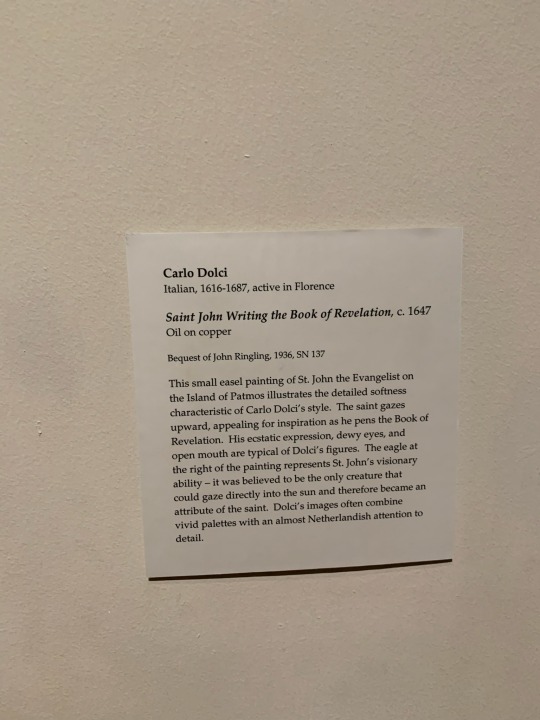
Saint John Writing the Book of Revelation by Carlo Dolci
#carlo dolci#saint john#Saint John writing the book of revelation#book of revelation#religion#art#art appreciation#art stuff#art history#art musuem#museum#ringling brothers#ringling museum#painting#paint#oil painting#1600s art#1600s#17th century art#17th century
22 notes
·
View notes
Text
Scroll through this beauty!




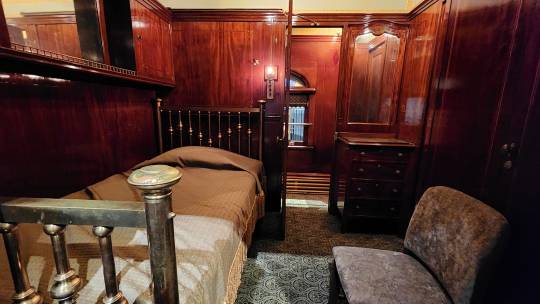



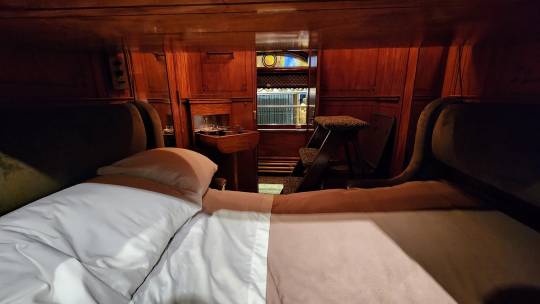
Part 3
Ringling Brothers' personal train cart
Circus Museum at The Ringling
"Museum in Sarasota, Florida"
📸 Jonathan Wilson
#dark academia#light academia#academia aesthetic#classical#academia#escapism#classic literature#books#books and libraries#architecture#ringling brothers#museum#train car#personal#1900s#20th century#sarasota#florida#america#historical#interior#design#royal core#cottage core#aesthetic
33 notes
·
View notes
Text

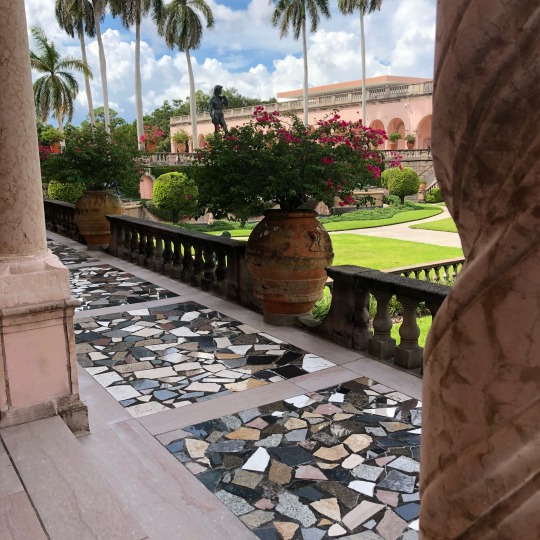
Ringling Museum 🥀
#artists on tumblr#art museum#st petersburg#ringling#art history#graphic design major#pinkcore#archway#greenery#palm trees#college#painting#sculpture#visualart
6 notes
·
View notes
Text
this florida bitch lived
13 notes
·
View notes
Text
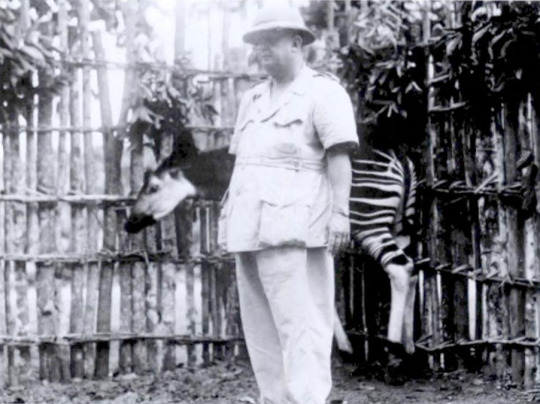
A man and an okapi at the Epulu Okapi Station
By: John and Mable Ringling Museum of Art
From: Bandwagon Magazine: The Only Circus Okapis
1950s
4 notes
·
View notes

